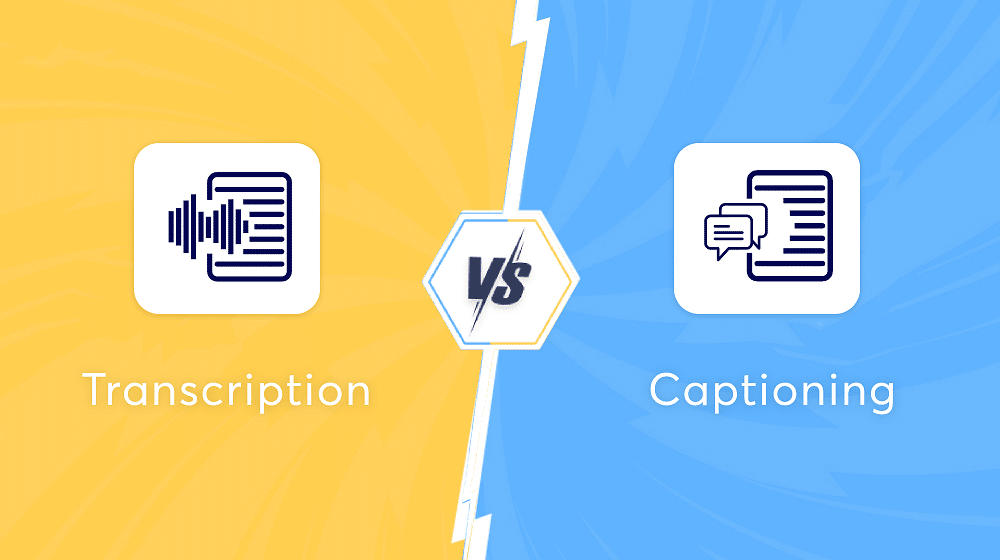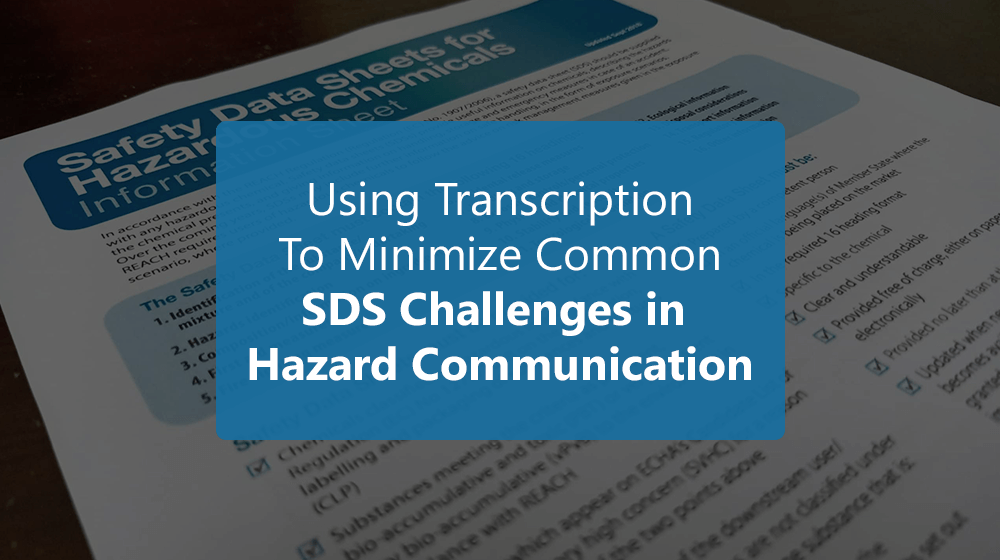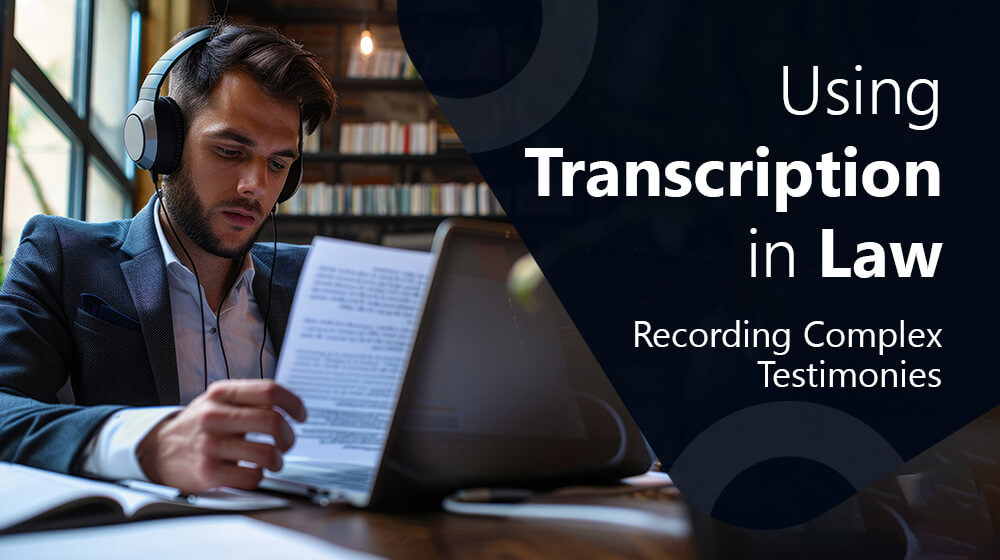Transcription vs. Captioning: Understanding the Benefits & Differences

Home » Blog » transcript » Transcription vs. Captioning: Understanding the Benefits & Differences
Multimedia content is essential for communication, education, and enjoyment in the digital era. Not everyone can access this stuff in the same way, though. Accessible options are necessary for those with hearing impairments who prefer reading to listening or are deaf or hard of hearing to comprehend audio and video content. Two standard techniques to make content more inclusive and accessible are transcription and captioning.
While transcription and captioning are both methods of converting audio content into text, the two have many fundamental differences. Let’s learn about five significant distinctions:
1. Purpose and Usage
Transcription involves converting spoken language into written form. It is the process of transcribing the audio content of a video or audio file into text. It captures the entirety of the audio content, including dialogue, narration, and any other audible sounds. Transcripts are primarily used for reference, note-taking, or as stand-alone text documents accompanying audio or video files. They serve individuals who are deaf or hard of hearing, language learners, or anyone who prefers reading over listening.
Captioning, on the other hand, involves displaying text on the screen that corresponds to the audio content of a video or audio file. Captions aim to provide a synchronized visual representation of the spoken words, including dialogue, sound effects, and speaker identification.
2. Presentation and Format
Transcriptions are provided as separate text documents, often in plain or word-processing files. They are not time-synchronized with the audio or video content. Transcripts are read independently from the audio or video files and are not displayed visually during playback.
On the other hand, captions are presented visually within the video or audio content itself. They are time-synchronized, meaning they appear on screen simultaneously as the corresponding audio segment. Captions are illustrated at the bottom of the screen. They allow viewers to read along as they surf the video or listen to the audio.
3. Accessibility and Function
Transcripts are also helpful for language learners, non-native speakers, and individuals with cognitive impairments. They increase audio or video content searchability, as specific words or phrases can be found within the text document. Transcripts can be used for reference, studying, or note-taking purposes.
Captions serve multiple functions beyond converting audio into text. While they provide accessibility for individuals who are deaf or hard of hearing, they also enrich content engagement for viewers in various scenarios. Captions are beneficial in noisy environments, quiet settings, or situations where audio cannot be played. They allow individuals to follow along and comprehend the spoken words visually.
4. Content Adaptation
Transcriptions do not involve significant content adaptation. They aim to accurately represent the spoken words in written form while maintaining the integrity of the original content. Transcripts focus on capturing dialogue, narration, and any other audible sounds without adapting them.
Captions convey the spoken words and include speaker identification, sound effects, and additional contextual information to improve comprehension. Captions may adapt and rephrase the dialogue or narration to ensure it can be easily read and understood within the limited screen space and time constraints.
5. Uses in Different Industries
Transcription finds utility in various industries and contexts. It is majorly used in legal proceedings, medical documentation, research interviews, media production, podcasting, lectures, and educational materials. Transcriptions significantly make audio or video content searchable and convenient for various purposes.
Captioning has a broad application across industries involving video or audio content. It is extensively used in broadcast, television, streaming platforms, online videos, films, webinars, presentations, and online courses. Captioning ensures accessibility, engagement, and comprehension for viewers. It provides an inclusive experience for individuals with hearing difficulties or language preferences.
Wrap up
While transcription and captioning share the goal of making audio content accessible, they differ in presentation, format, functionality, content adaptation, and usage. Understanding the differences is crucial for choosing the appropriate method based on the content’s target audience, context, and goals. Transcription is comparatively more used for enhancing content, so if you are looking for a reliable end for transcription aids, connect with our team.
















